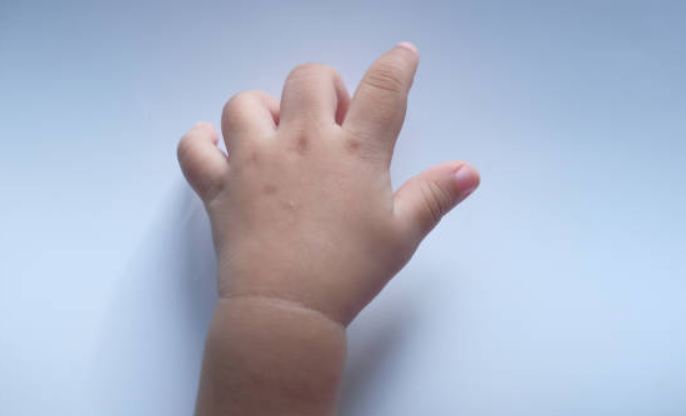It all started on the West coast of America a decade and a half ago. Three researchers through their path-breaking research works established the efficacy of baby signing language.
Joseph Garcia, Linda Acredolo, and Susan Goodwynall three had pioneering contributions in the field of baby sign language that has been advocated as the best means of communication between the parents and normal-hearing children.
What kindled the interest of Joseph Garcia, an early childhood researcher and educator in this field was his familiarity with the deaf community and the signing ability of the children of deaf parents from their early infancy.
Since its first publication, an estimated 200,000 families alone in the USA have been benefited from his “Sign with Your Baby” complete kit. For Garcia, training in sign language should start as early as in the eighth month.
The psychologist duo, Linda Acredolo and Susan Goodwyn authored the famous book, “Baby Signs” that sold more than 200,000 copies since its first publication in 1996.
This book discusses a number of innovative homemade signs to be used as communication tools between parents and child.
For them, the ideal age for starting with signing language is anywhere between seven and 10 months.
These above mentioned works are regarded as the foundation for several types of baby signing programs and workshops going on around the world.
This non-verbal language is supposed to take care of the little needs and complaints and demands of your little one.
This language empowers the parents to detect what is bothering their little child or what makes him happy.
It has been kicked off in the United States, but the reputation soon spread across the continents.
In fact, since its inception, the whole concept of baby signing has taken the world by storm. One important factor that made it such an important tool of communication is: it cuts across the barrier of language.
For the working parents migrated to another country where their child has to spend the day under the care of a nanny whose first language may be different from English, the baby sign language comes as a blessing.
Unlike verbal communication, there is no difference in the meaning of the language. If both the child and the caregiver use the same sign to relate a particular thing or activity, then there is no problem of communication for a baby who is so far exposed only to his mother tongue.
Outside the USA, you should teach your child in the local sign language instead of American Sign Language (ASL).
There is no universal sign language practiced all over the world. Outside the USA, in the United Kingdom, baby signing courses using British Sign Language has flourished to a considerable extent.
South Africa has become another important country where the movements relating to signing language have become very successful and Joburg and Cape Town are two places in S. Africa where many training centers have sprouted up.
The sign languages prevalent in the countries like Australia, New Zealand and South Africa hugely borrow from the British sign language tradition.
If you thought that baby signing language is restricted to the English speaking countries alone, you are mistaken.
In France and Germany also you will find their respective tradition of signing language. The ASL in fact finds its roots in the French signing language.

